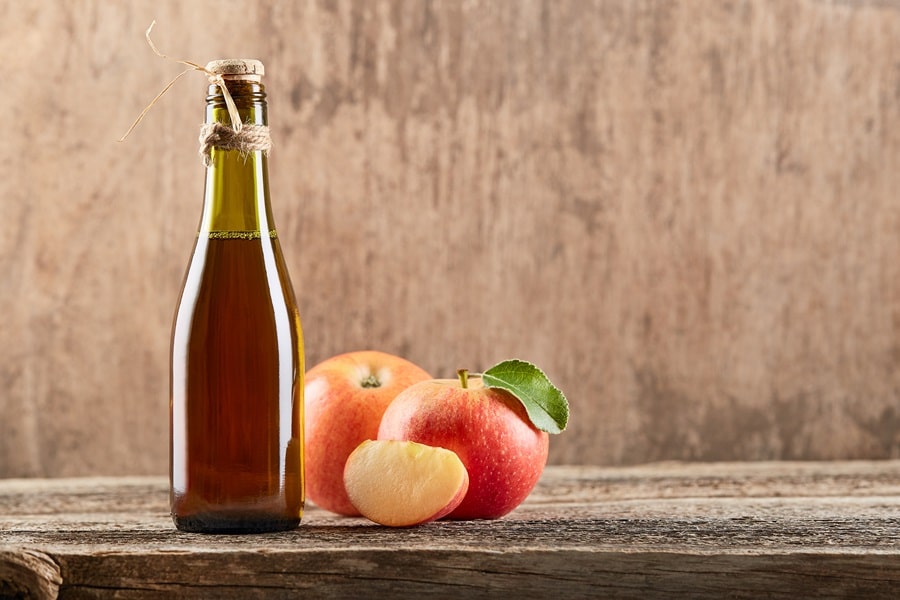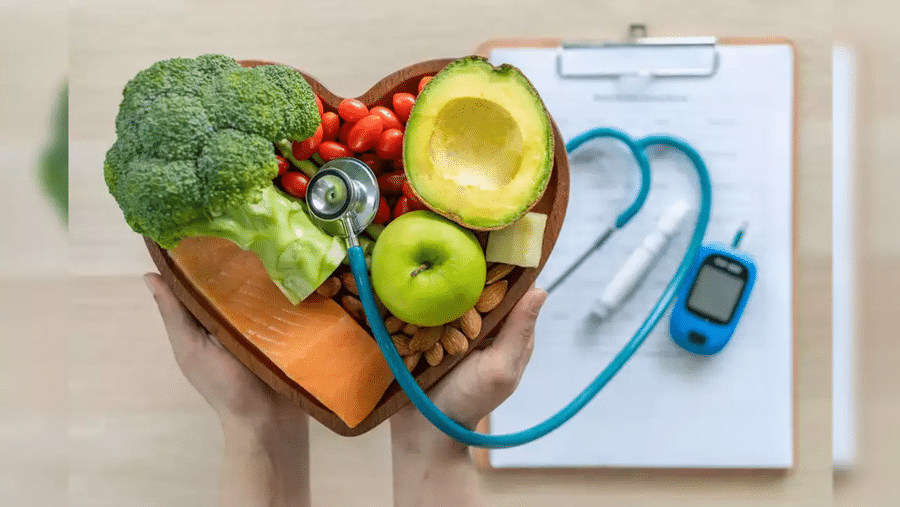Proper food storage is crucial for maintaining both the quality and safety of what you eat. Refrigeration plays a pivotal role in preserving a wide array of foods, from dairy products to fresh produce. This post delves into the specifics of how long different types of foods should be refrigerated. Understanding these guidelines can help prevent foodborne illnesses and reduce food waste, ensuring that your meals are both safe and delicious. The following sections will provide detailed insights into the refrigeration needs of various food categories, helping you make informed decisions about your food storage practices.
Contents
Dairy Products: Milk, Cheese, And Yogurt

Milk, a staple in many households, demands careful attention when it comes to refrigeration. Typically, milk remains fresh for about 5-7 days past its sell-by date if kept at or below 40°F. However, signs of spoilage, such as a sour smell, clumps, or a change in color, indicate that it’s time to discard the milk regardless of the date. Cheese, on the other hand, has a more varied shelf life depending on its type. Hard cheeses like Parmesan can last up to six weeks in the fridge, while softer cheeses like Brie are best consumed within one to two weeks of opening.
Yogurt, another dairy favorite, usually stays good for 1-3 weeks past the sell-by date when refrigerated. The presence of mold or a significantly altered texture often signifies that the yogurt has gone bad. It’s important to keep these dairy products in their original packaging and store them in the colder parts of the refrigerator to maximize their shelf life. Additionally, always ensure that the refrigerator temperature is set correctly, as even slight variations can impact the longevity of dairy products.
Meat And Poultry: From Beef To Chicken
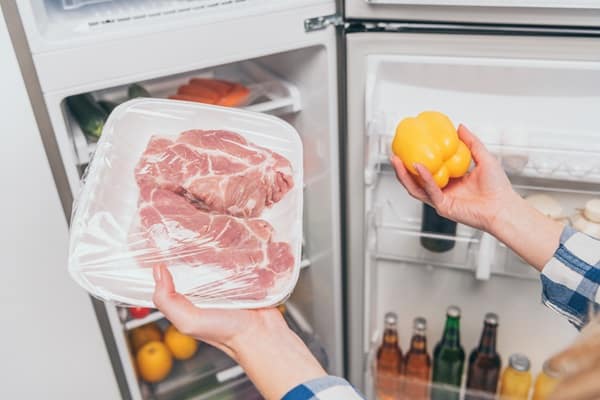
The shelf life of meat and poultry varies significantly based on the type and how it’s processed. Red meats like beef and lamb can generally be stored in the refrigerator for 3-5 days if they are raw, and 6-10 days if they are cooked. It’s crucial to store these meats in airtight containers to prevent cross-contamination and to maintain their quality. Poultry, including chicken and turkey, should be consumed within 1-2 days if raw, and within 3-4 days if cooked. The key to preserving poultry is to keep it in its original packaging until it is ready to use and to ensure it’s stored at the correct temperature.
Processed meats, such as deli slices and sausages, typically have a longer shelf life due to preservatives. These can last up to two weeks in the fridge if unopened but should be consumed within 3-5 days once opened. Always check for any changes in color, texture, or smell, as these are indicators that the meat may no longer be safe to eat. It’s also advisable to keep meats in the lower section of the refrigerator to prevent any juices from contaminating other foods.
Seafood: Fish And Shellfish
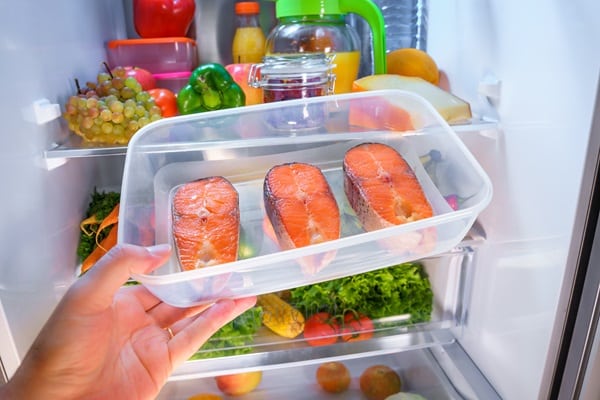
Seafood requires particular attention when it comes to refrigeration due to its highly perishable nature. Fresh fish, for instance, should ideally be consumed within 1-2 days of purchase. To extend its shelf life, store fish on a bed of ice in the refrigerator and keep it in a tightly sealed container. Signs of spoilage in fish include a fishy or sour odor, a slimy texture, and discoloration. Shellfish, such as shrimp and crabs, follow similar guidelines and should be eaten within two days of purchase. It’s essential to keep shellfish in breathable containers to prevent moisture accumulation, which can hasten spoilage.
Smoked and cured seafood, however, have a longer shelf life due to their preservation methods. These can typically be stored in the refrigerator for up to two weeks. Despite this extended shelf life, it’s important to check for any off-odors or changes in texture, as these are signs that the seafood is no longer good to consume. Remember, the key to seafood storage is maintaining a consistent, cold temperature in your refrigerator to ensure freshness and safety.
Fruits: Citrus To Berries
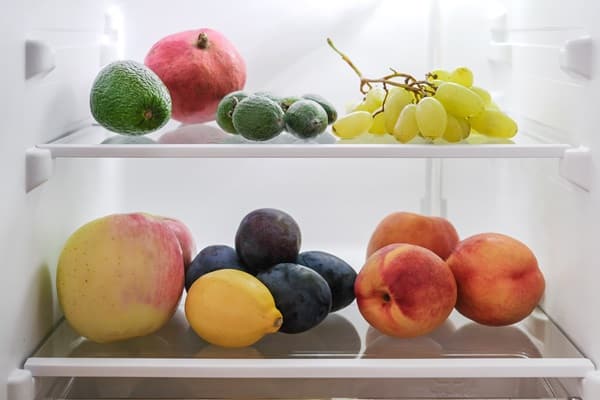
The refrigeration needs of fruits vary widely depending on the type. Citrus fruits, such as oranges and lemons, can last up to three weeks in the fridge. They should be stored in mesh bags or loose in the crisper drawer to allow air circulation, which helps maintain their freshness. Berries, including strawberries, blueberries, and raspberries, are more delicate and have a shorter fridge life. They are best consumed within 3-7 days of purchase and should be stored in their original container or a breathable box to prevent moisture accumulation, which can lead to mold growth.
Apples and pears are more forgiving when it comes to refrigeration. These fruits can last up to three weeks in the fridge, but they should be kept away from other produce due to the ethylene gas they emit, which can hasten the ripening of nearby fruits and vegetables. It’s also important to check for any signs of spoilage, such as soft spots or mold, before consumption. Proper storage of fruits not only extends their shelf life but also helps retain their nutritional value and taste.
Vegetables: Leafy Greens To Root Veggies
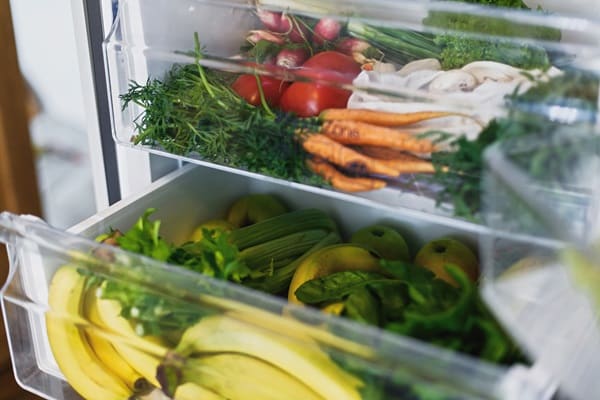
Leafy greens, such as lettuce, spinach, and kale, are best when fresh but can be kept in the refrigerator for about 5-7 days. To maximize their shelf life, store them in airtight containers or plastic bags with a paper towel to absorb excess moisture. This method helps in preventing wilting and spoilage. It’s also advisable to store them in the crisper drawer, which provides an optimal environment. Regular checks for signs of spoilage, like slimy leaves or a musty smell, are important, and any spoiled parts should be removed promptly to prevent the spread to the remaining greens.
Root vegetables, including carrots, beets, and potatoes, have diverse storage needs. Carrots and beets can last up to two weeks in the fridge when stored properly in a plastic bag with holes for ventilation. However, potatoes are best stored in a cool, dark place outside the refrigerator, as cold temperatures can affect their taste and texture. Other root vegetables like turnips and radishes can be refrigerated for up to two weeks. Storing these vegetables in the crisper drawer helps maintain the proper humidity levels, ensuring they stay fresh and crisp.
Eggs And Egg Products
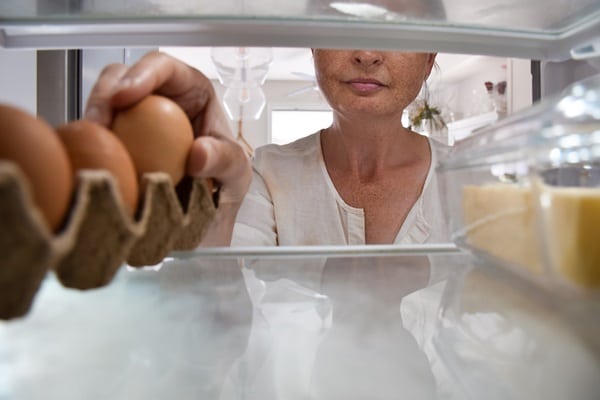
Eggs, a kitchen staple, require careful storage to maintain their quality and safety. Whole eggs should be kept in their original carton in the main body of the refrigerator, not in the door, where temperatures fluctuate. This method helps preserve their freshness for up to three weeks. It’s also important to avoid washing eggs before storing them, as this can remove the protective coating and increase the risk of bacterial contamination. For liquid egg products or hard-boiled eggs, the shelf life is shorter – they should be consumed within a week of opening or preparation.
Egg substitutes, often used for dietary or health reasons, also have specific storage guidelines. Unopened, they can be stored in the refrigerator until the sell-by date, but once opened, they should be used within 3-5 days. Always check for any changes in color, texture, or smell, as these are indicators that the eggs or egg products may no longer be safe to consume. Proper storage of eggs and egg products is essential to prevent the risk of foodborne illnesses.
Condiments And Sauces
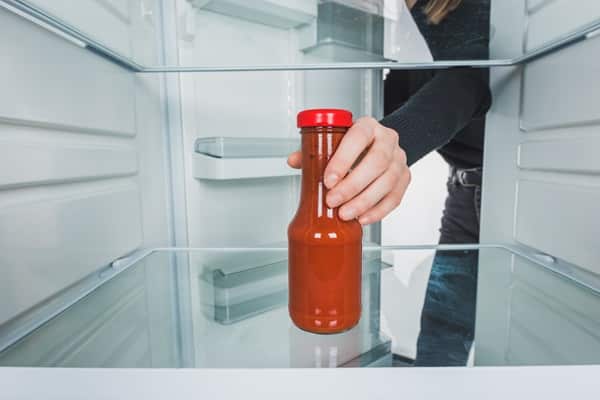
Condiments and sauces are often overlooked when considering refrigeration, yet their storage is crucial for maintaining flavor and preventing spoilage. Common condiments like mustard, ketchup, and mayonnaise should be refrigerated after opening and typically last for up to two months. It’s important to keep the caps and lids clean to prevent contamination and to ensure the products are stored in a consistent, cool environment.
Specialty sauces, such as soy sauce, hot sauce, and salad dressings, have varying shelf lives. Soy sauce and hot sauce can last several months in the refrigerator due to their high salt and vinegar content, which act as natural preservatives. Salad dressings, on the other hand, should be used within 1-2 months after opening. Always check for changes in smell, texture, or taste as indicators of spoilage, and remember to shake liquid condiments well before use to ensure the ingredients are well mixed.
Leftovers: Meals And Cooked Food

Leftovers, a common occurrence in many households, need proper storage to ensure they remain safe to eat. Cooked meals should be refrigerated within two hours of cooking and consumed within 3-4 days. To maximize their shelf life, store leftovers in airtight containers and label them with the date they were cooked. This practice not only helps in identifying how long the food has been stored but also aids in managing food consumption efficiently.
Identifying spoilage in leftovers is key to food safety. Look for any signs of mold, off-odors, or changes in texture. If in doubt, it’s safer to discard the food. Reheating leftovers to the right temperature can also help kill any potential bacteria, but this should not be relied upon if the food has been stored for too long. Proper management of leftovers is not only a matter of health but also an effective way to reduce food waste.
Keep Your Food Fresh And Safe
Being mindful of the refrigeration needs of various foods is essential for maintaining their freshness, flavor, and safety. By following the guidelines outlined in this article, you can significantly reduce the risk of foodborne illnesses and minimize food waste. Remember, the key to effective food storage lies in regular checks and adhering to best practices. Now, take this knowledge to your kitchen, apply these tips, and enjoy the benefits of well-preserved, delicious food every day!
